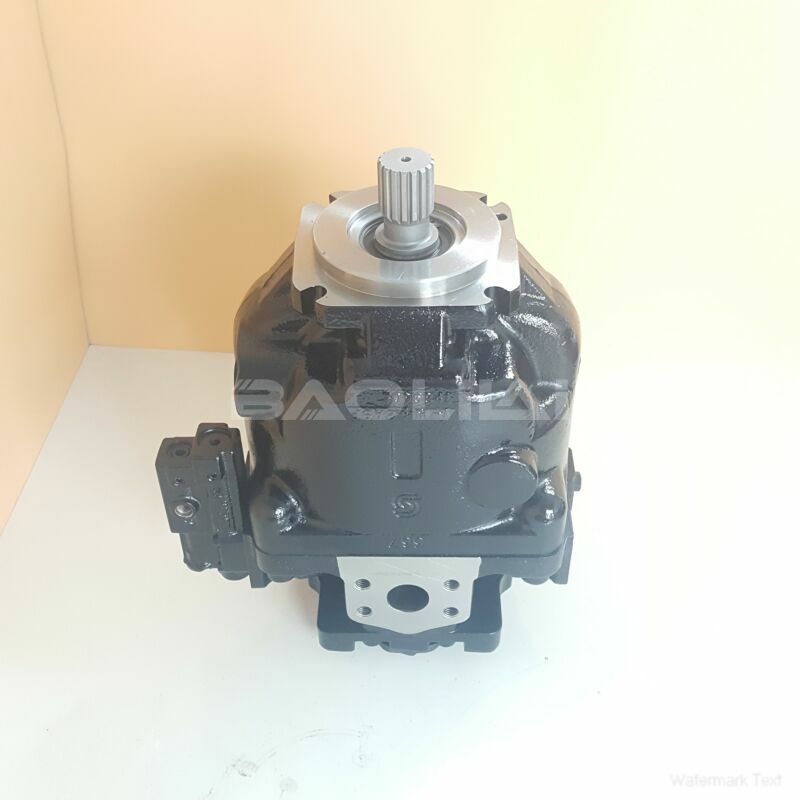ERR130BLS2220NNF3S1BPA1NNNNNNNNNN sauer danfoss pump
ERR130BLS2220NNF3S1BPA1NNNNNNNNNN sauer danfoss pump

- Product Details
- Applicable Scene
Plunger pumps are widely used in various industrial applications, offering high-pressure capabilities and consistent fluid delivery. However, one common issue encountered with these pumps is pulsation, which can lead to performance inefficiencies, wear and tear on components, and potential system failures. Understanding the causes of pulsation and implementing strategies to minimize it is essential for maintaining optimal pump operation.
ER-R-130B-LS-22-20-NN-F-3-S1BP-A1N-NNN-NNN-NNN
ERR130BLS2220NNF3S1BPA1NNNNNNNNNN
Pulsation in plunger pumps is primarily caused by the reciprocating motion of the plunger as it draws and ejects fluid. This inherent design creates pressure fluctuations during each stroke, resulting in a rhythmic change in flow and pressure. The frequency and amplitude of these pressure variations depend on the pump’s design, speed, and the type of fluid being handled.

83059862
Several factors contribute to the magnitude of pulsation in plunger pumps:
Pump Design: The configuration of the plunger and the chamber geometries can impact how smoothly the fluid is displaced. Pumps with larger plunger diameters or shorter strokes may exhibit more significant pulsation.
Speed: The operating speed of the pump also plays a crucial role. Higher speeds result in more frequent cycling of the plunger, which can exacerbate the pulsation effect.
Fluid Characteristics: The nature of the fluid being pumped, including its viscosity and compressibility, influences the pulsation levels. More viscous fluids can dampen pulsation to some extent, while gases or low-viscosity fluids often exacerbate it.
To mitigate pulsation in plunger pumps, several strategies can be employed:





